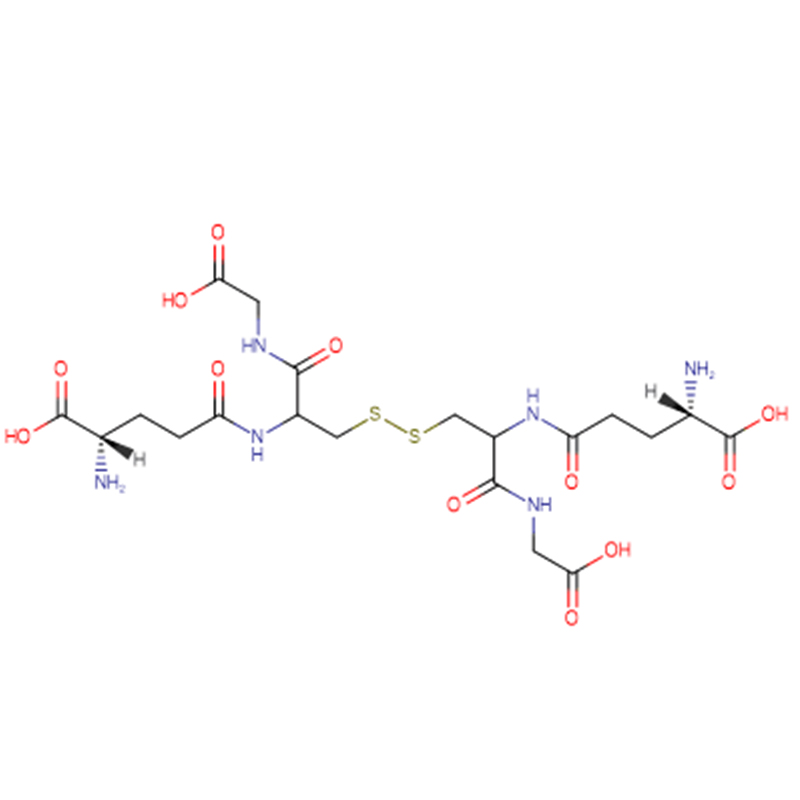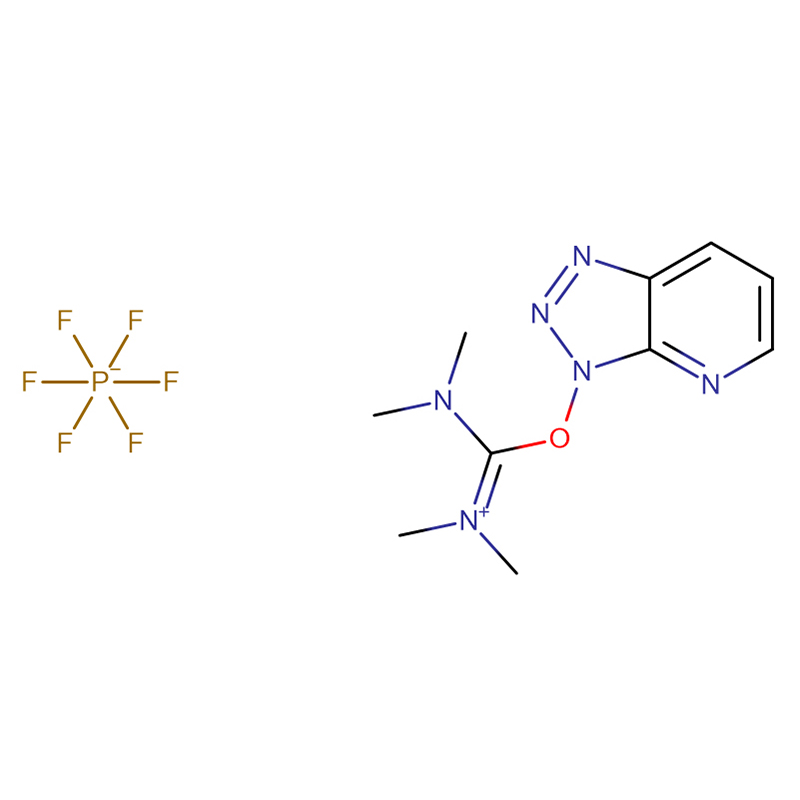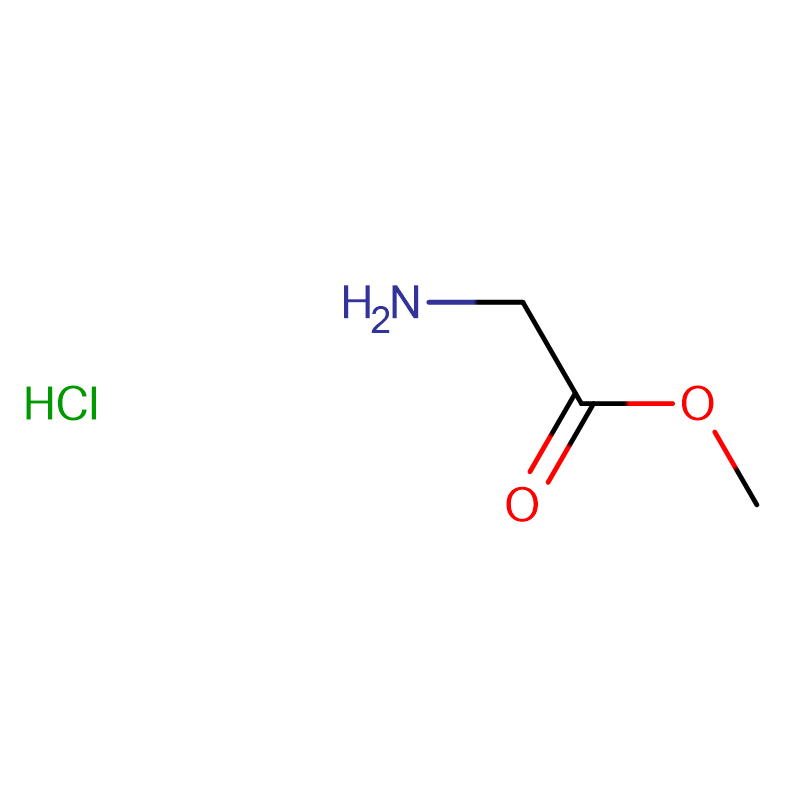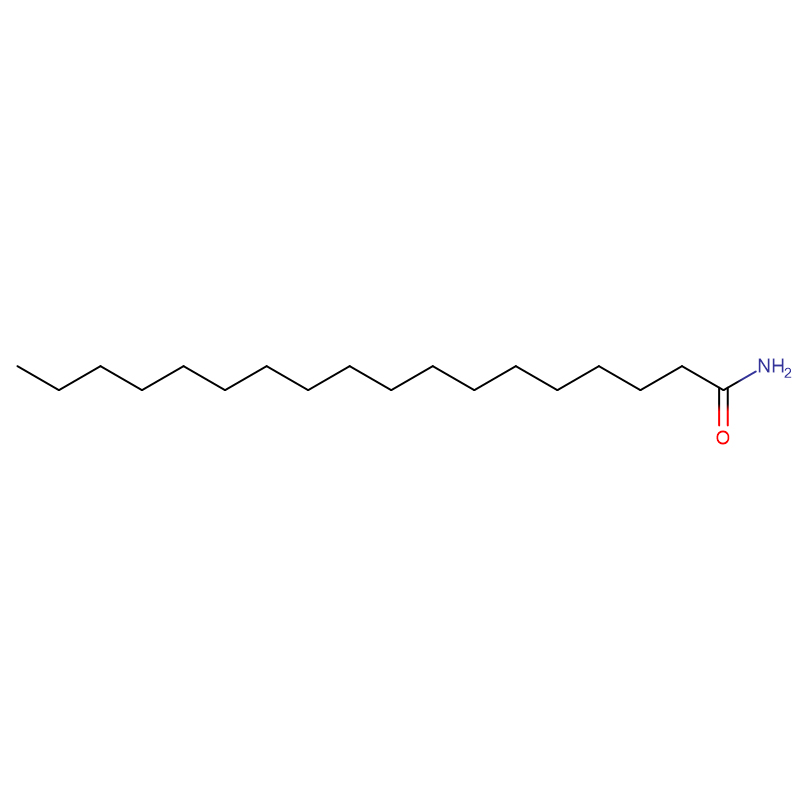Low MOQ for Hepes-Na - GSSG Cas: 27025-41-8 White crystalline powder – XD BIOCHEM
Low MOQ for Hepes-Na - GSSG Cas: 27025-41-8 White crystalline powder – XD BIOCHEM Detail:
| Catalog Number | XD90229 |
| Product Name | GSSG |
|
CAS |
27025-41-8 |
|
Molecular Formula |
C20H32N6O12S2 |
|
Molecular Weight |
612.631 |
| Storage Details | 2 to 8 °C |
|
Harmonized Tariff Code |
2930909899 |
Product Specification
| Specific rotation | -96 to -106 |
| Heavy metals | 10ppm max |
| AS | 2ppm max |
| Loss on Drying | 15.0% max. |
| Purity | 95% min |
| Residue on Ignition | 0.5% max |
| Appearance | White crystalline powder |
| Assay | 99% |
Hepatotoxicity of drug candidates is one of the major concerns in drug screening in early drug discovery. Detection of hepatic oxidative stress can be an early indicator of hepatotoxicity and benefits drug selection. The glutathione (GSH) and glutathione disulfide (GSSG) pair, as one of the major intracellular redox regulating couples, plays an important role in protecting cells from oxidative stress that is caused by imbalance between prooxidants and antioxidants. The quantitative determination of the GSSG/GSH ratios and the concentrations of GSH and GSSG have been used to indicate oxidative stress in cells and tissues. In this study, we tested the possibility of using the biliary GSSG/GSH ratios as a biomarker to reflect hepatic oxidative stress and drug toxicity. Four compounds that are known to alter GSH and GSSG levels were tested in this study. Diquat (diquat dibromide monohydrate) and acetaminophen were administered to rats. Paraquat and tert-butyl hydroperoxide were administere d to mice to induce changes of biliary GSH and GSSG. The biliary GSH and GSSG were quantified using calibration curves prepared with artificial bile to account for any bile matrix effect in the LC-MS analysis and to avoid the interference of endogenous GSH and GSSG. With four examples (in rats and mice) of drug-induced changes in the kinetics of the biliary GSSG/GSH ratios, this study showed the potential for developing an exposure response index based on biliary GSSG/GSH ratios for predicting hepatic oxidative stress.
Product detail pictures:

Related Product Guide:
With our outstanding administration, powerful technical capability and strict top quality handle procedure, we go on to provide our purchasers with reliable good quality, reasonable selling prices and excellent services. We goal at becoming certainly one of your most responsible partners and earning your gratification for Low MOQ for Hepes-Na - GSSG Cas: 27025-41-8 White crystalline powder – XD BIOCHEM , The product will supply to all over the world, such as: Bulgaria, Netherlands, British, Customer satisfaction is our goal. We are looking forward to cooperating with you and providing our best services to suit your needs. We warmly welcome you to contact us and make sure you feel free to contact us. Browse our online showroom to see what we can do for you. And then E-mail us your specs or inquiries today.
The company can keep up with the changes in this industry market, product updates fast and the price is cheap, this is our second cooperation, it's good.






